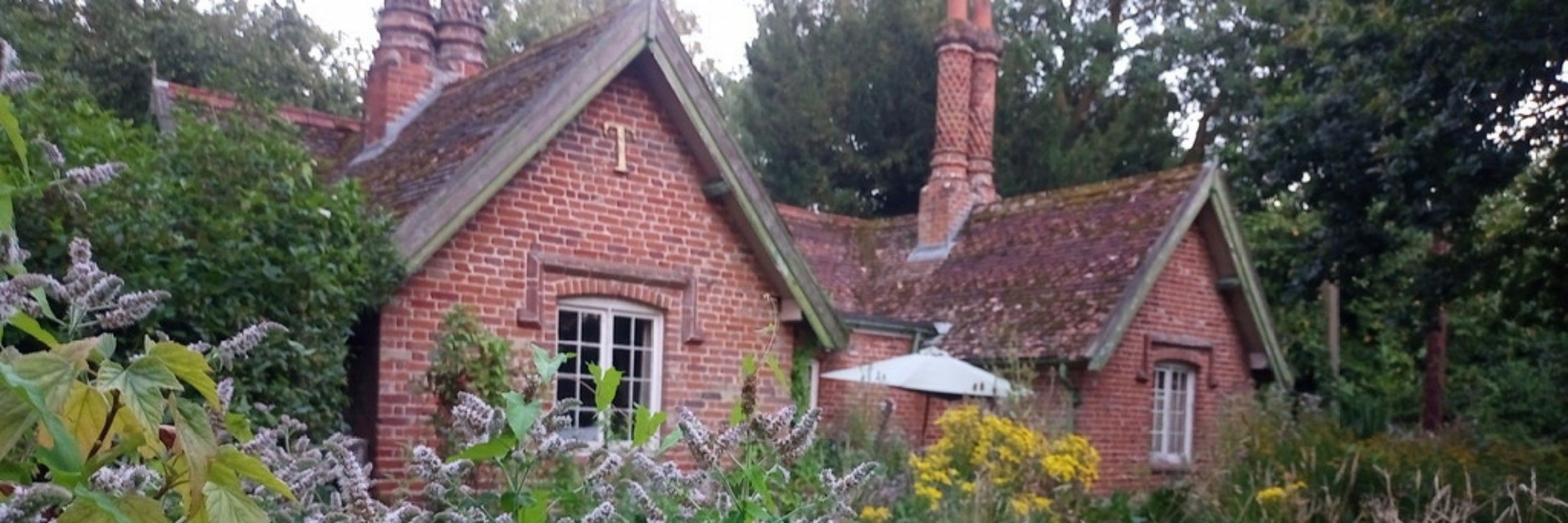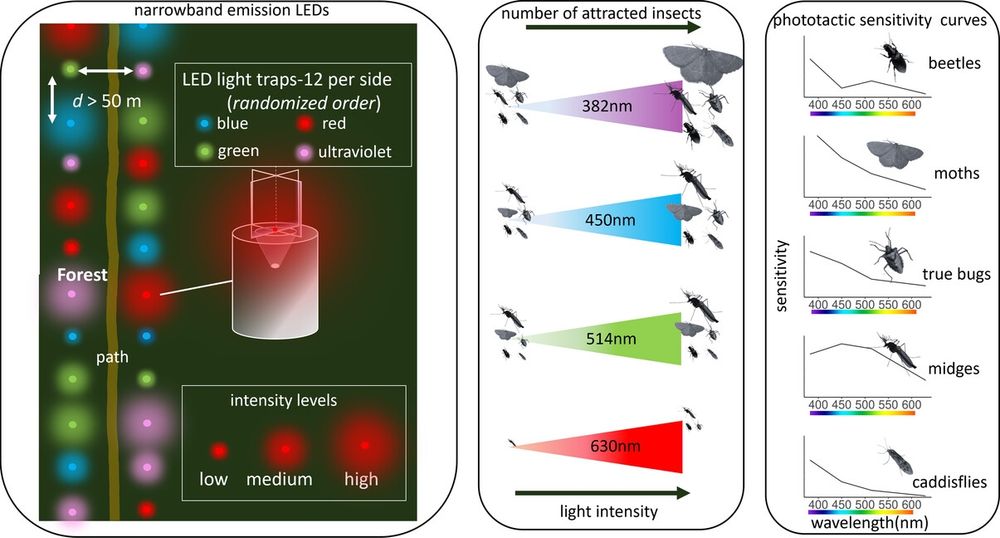
https://futureheritage.wordpress.com/



Hands-on role focused on habitat condition monitoring, adaptive management & stakeholder coordination.
Details here👇
www.wendlingbeck.org/opportunitie...
Hands-on role focused on habitat condition monitoring, adaptive management & stakeholder coordination.
Details here👇
www.wendlingbeck.org/opportunitie...
The three spirits

The three spirits
resjournals.onlinelibrary.wiley.com/doi/10.1111/...

m.youtube.com/watch?v=8fV0...

m.youtube.com/watch?v=8fV0...
🔬....we hope to find out soon whether 'killings/massacres' actually happened in Vráble or whether ritual practices took place here–skull removal and decapitation are different procedures... 💀👀 stay tuned!
@uni-kiel.de @clusterroots.bsky.social

🔬....we hope to find out soon whether 'killings/massacres' actually happened in Vráble or whether ritual practices took place here–skull removal and decapitation are different procedures... 💀👀 stay tuned!
@uni-kiel.de @clusterroots.bsky.social
@lewisgoodall.com reacts after the BBC edited out an anti-Trump line from a historian’s lecture.
@lewisgoodall.com reacts after the BBC edited out an anti-Trump line from a historian’s lecture.




www.botanic.cam.ac.uk/education-le...
It's all about #illustrating #blue #flowers. Think #iris, #campanula, #bluebells....




www.botanic.cam.ac.uk/education-le...
It's all about #illustrating #blue #flowers. Think #iris, #campanula, #bluebells....
www.science.org/content/arti...
@neolithicbodies.bsky.social

www.science.org/content/arti...
@neolithicbodies.bsky.social


📸 Photos taken by our supporters
♻️ 100% recycled, FSC certified paper with vegetable based inks
🐝 Supports our vital conservation work
Get yours today: https://ow.ly/xbMH50XlRxg

📸 Photos taken by our supporters
♻️ 100% recycled, FSC certified paper with vegetable based inks
🐝 Supports our vital conservation work
Get yours today: https://ow.ly/xbMH50XlRxg

#climatecrisis #climatebreakdown #climateemergency #climatechaos
www.ryanmizzen.com/cop30-analys...

www.nhbs.com/a-key-for-th...

www.nhbs.com/a-key-for-th...
New research highlights the Congo Basin's accelerating decline and immense planetary value as Earth's second largest rainforest and one of its most important remaining carbon sinks.
Read More: mailchi.mp/americangeo/...


@suffolk-nats1929.bsky.social @norfolknats.bsky.social
www.eventbrite.co.uk/e/wsrt-wet-w...

@suffolk-nats1929.bsky.social @norfolknats.bsky.social
This book provides the first comprehensive catalogue and analysis of the nearly 1000 published and unpublished pipeclay objects now known from Britannia.

《Take a woodland. This is an asset that’s helpful to society, it improves air quality, regulates water flow and provides places for recreation to keep us healthy, but we don't measure any of that in our GDP figures. It’s invisible to many decision-makers.》
《Take a woodland. This is an asset that’s helpful to society, it improves air quality, regulates water flow and provides places for recreation to keep us healthy, but we don't measure any of that in our GDP figures. It’s invisible to many decision-makers.》



